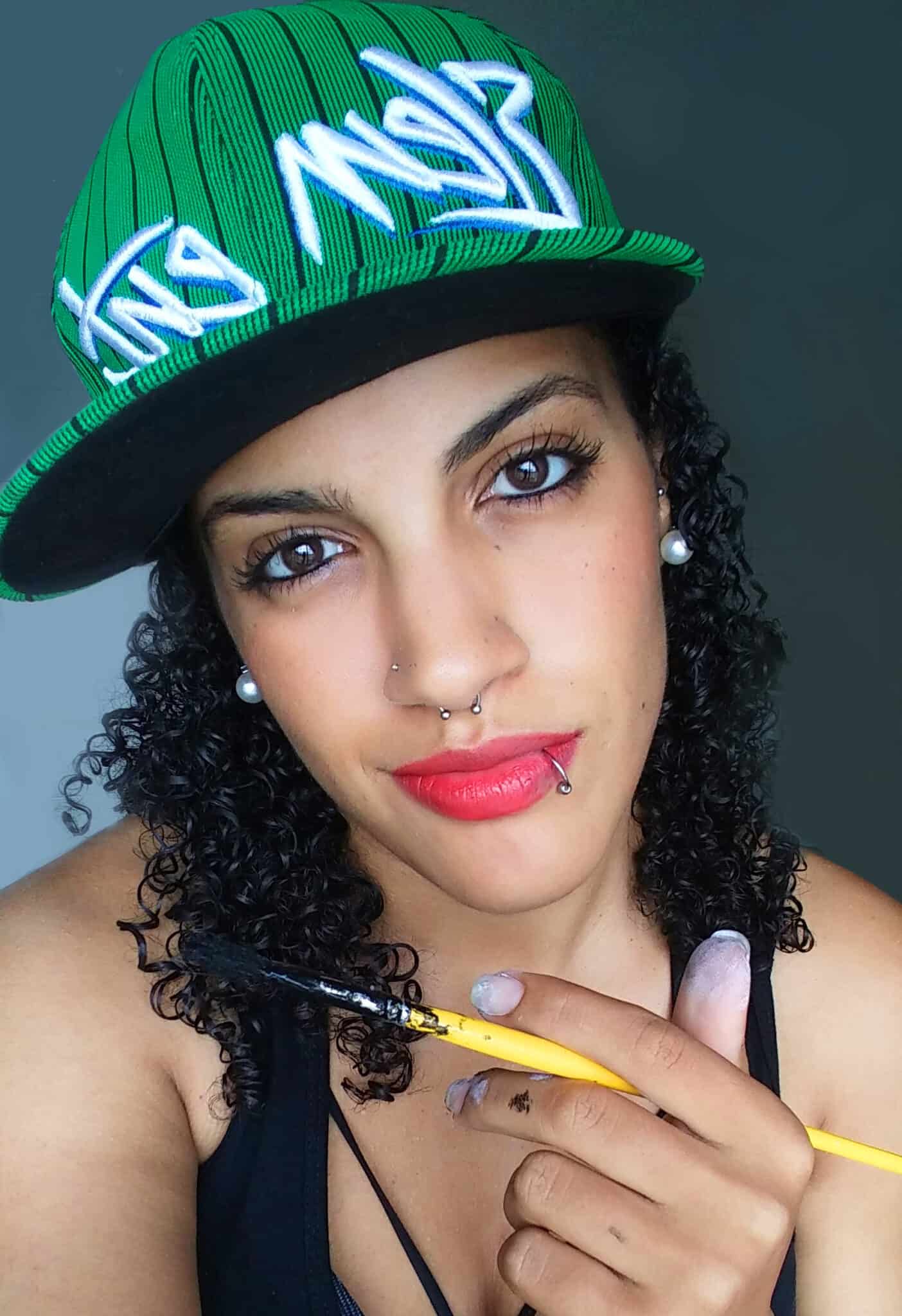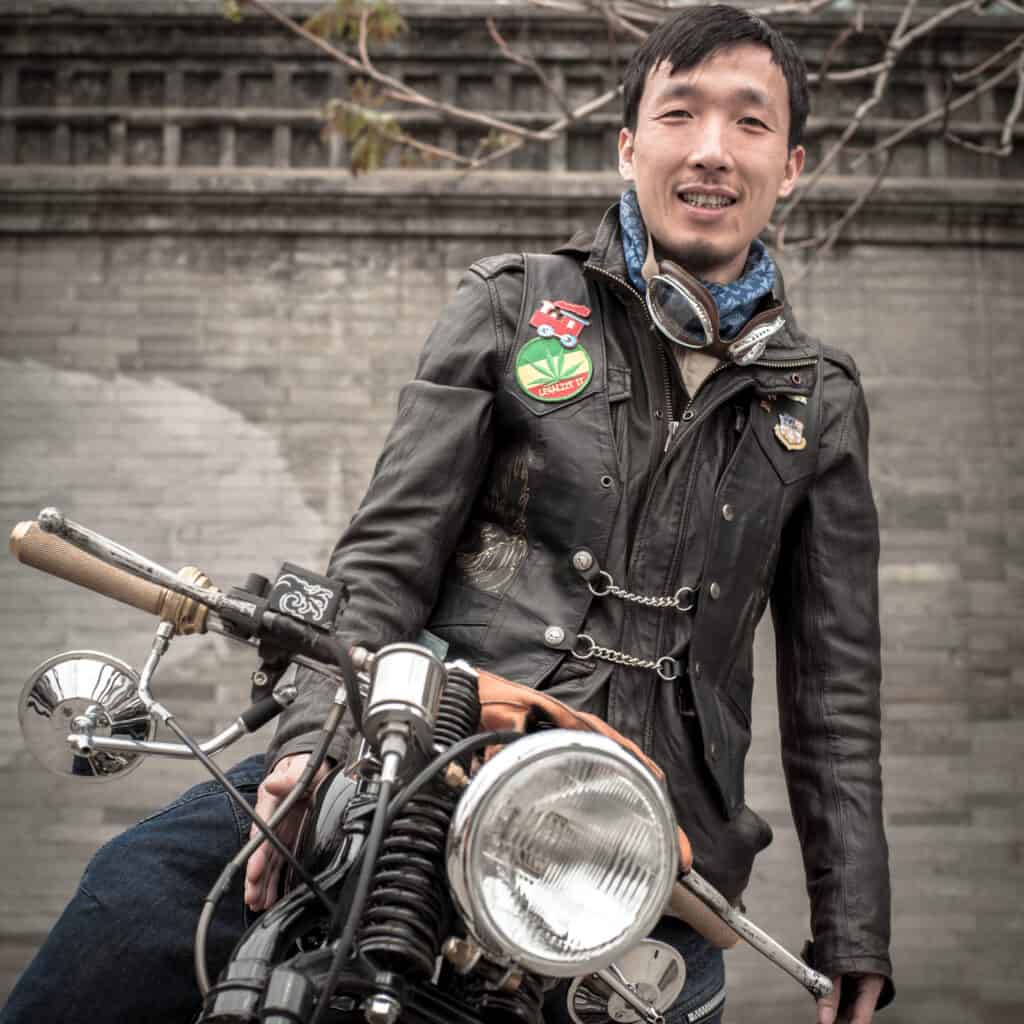WHY.. One Mans Story On A Thing Called Life
Story: A.J. Herold
My why..
Late May 2020, I just returned back to Redhook from San Francisco, sitting in my Cadillac staring at the broken old pier – I looked as the sun set over New Jersey ruminating in solitude as I thought of going back to the great Golden State. One last ride, around the Bay on that rigid frame that became my identity, now it’s gone another part of life comes to an end. I have met many good, bad and or indifferent people on the ride of life that meant more to me, people are everywhere for better or ill, and baggage everyone has at least a fanny packs worth, even if they beg to differ. In the age of pandemics and identity crisis America is still neat, the Gold Coast has no shortage of America is what I found out..
With that said I am going to try this bike thing again … I miss riding, plenty of drama on the internet, if I see you in 3D don’t worry if I don’t make sense because if you see me on 2 wheels, I am escaping outrunning the digital ghost that threatens the narrative, traveling at 800 MHz. We have all been MK – Ultra test pilots – embrace the breakdowns
why do I ride?
It was a way out of adverse situations, the death of mom, dad, marriage , dreams , death of ideas of self , death of friends , death of relationships , the valleys of life added up to a lot of miles of escape. Five shovelheads now and a flathead, how much longer who knows the kidneys shit the bed on the rigid frames, I got like 150 miles of riding in over the last 2 years … the woods are burning. I was the new guy late in 86 made my bones on a swingarm shovel running with the fast central jersey crowd. No fashion art or the internet- straight feral living, by 1991 I had to act like a grown up in my mind and sold the basket case cone to Deal in Wheels in Rahway. These years dark, dark as they could get, mom died of cancer at home, she was 47 and I was 22; that bike burned, it burned like a the glow of the refinery just up the great route 1, the bike burned down on rt 1 – in Rahway it was late 1990, September, my fiancé’ at the time said the words: “ I hope that thing burns” – before I left. I had just repaired it after throwing a chain on the Verrazano Bridge a few days earlier, had to push it to Dyker Heights and go find a new chain and all the jollies and joys of breaking down. What happened after that? On the way home on the overpass in front of the Kings Inn back in Rahway, fire that’s what… as I headed home from Brooklyn that HD chapter came to an end and so did that engagement, it was midnight and the tow truck chained the burnt bird to the tow hitch and that was it, a fitting end I guess because I bought that bike from a tow truck operator in New Brunswick.
Chapter 2
Rahway to Redhook and twenty years in between 10 without a bike trying to be a grown up living in NYC, selling – the suit and tie life – sitting on a co-op board and being a young father. That’s is when chapter 2 begins, once again back in Jersey, 2001, I had just got back into it … stay under the radar STAY under the radar, tin foil hats and all the UV protection I could get. Sold the co-op built a house in Metuchen, I would go to the taxidermy at talk to the old hippies as they prepped a mountain yak. Flatheads, Panheads, K Sportsters in that old gas station. Jimmy said my 45 reminded him of an old friend Jeff that use to ride his trike around in the snow of that old Jersey town. So, it wasn’t long before I was on the radar again, 20 years later and the locals figured me out, hey we know you Captain Carl said, did you use to hang out with so and so and go to here and there and do this and that and so on and so forth … well yes that was me and that was 2 decades ago. In 01, 02, 03, 04, 05, things happened Dad died in 02 , we had to take him off life support in Daytona, Laconia 04 to see my brother, NYC, and all over the east coast. I met the lord of the shore, in Asbury and the Pope of the Church of what’s happening now as well. Also, Bill from California a biker celebrity, got him the Forbes cover in 07, rode to Sturgis in 08, Brooklyn invitational in O9 a few shovelheads later a hand full of dead friends, like the dead friends of the 80s they ain’t coming back either.
In parting..
So there it is in black and white WHY, because someday won’t show up on your shore. All the friends all the miles all the memories are gone for someone else to remember. So as I sit in this Cadillac and stare at that long sunset over New Jersey, I think of all the life lived and the short shadow of tomorrow and I think about the next ride out west in the land of gold and orange sunshine.
























